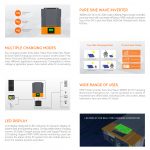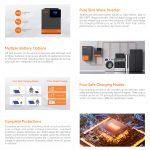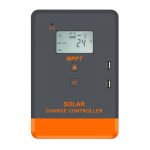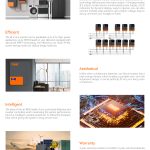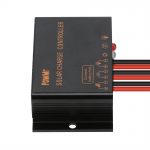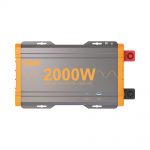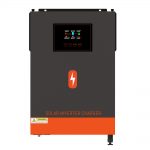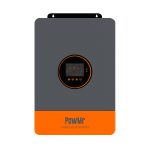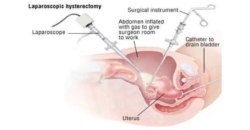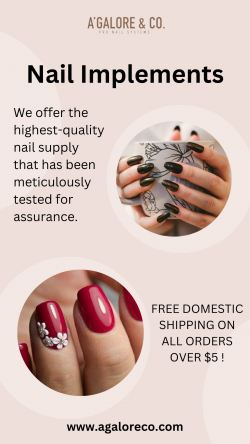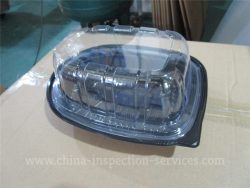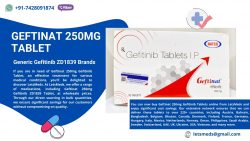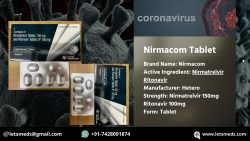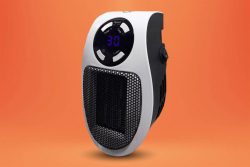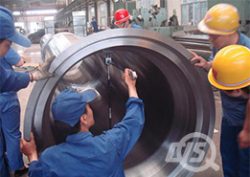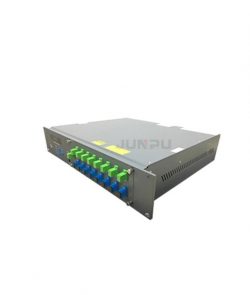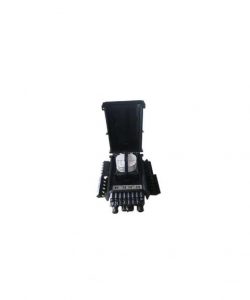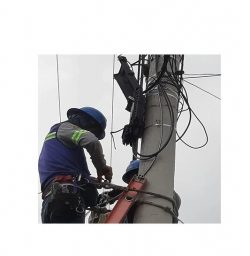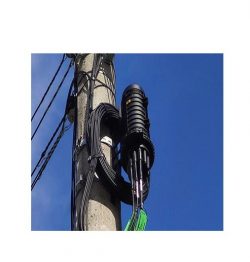Surge to inverters of 1200 watts or higher
You can also use these formulas to calculate how long the device will run on battery. For a 12 volt system. (10 x (battery capacity in amp hours)/(load power in watts)/2 = runtime in hours. For a 24 volt system: (20 x (in amps) battery capacity in hours)/(load power in watts)/2 = runtime in hours. At Powmr, we can solve your problems with a comprehensive selection of inverter of all types. Let’s take a look at the best home inverters: in this world of electronics, everything stops if there is no power supply. In this case, it is always advantageous to add the best home inverters.
Laser printers typically require a pure sine wave inverter capable of surging at least 6.5 times the maximum rated power of the printer. For example, a laser printer rated at 500 watts requires an inverter with a surge rating of at least 3,250 watts. Having a power outage plan can be annoying. You might be planning to watch a movie at night. But when you get home, you find that the inverter battery is now dead, because it was used up during a prolonged power outage during the day. You just connect the inverter to the battery, then plug the AC device into the inverter…you have a portable power source…anytime and anywhere you need it. The inverter draws power from a 12-volt battery (preferably a deep cycle battery) or several batteries connected in parallel.
The battery needs to be charged because the Hybrid Inverter draws power from the battery. To avoid permanent damage to appliances, every electrical device in your location is designed in such a way that it works well at different voltage levels. Frequent or recurring voltage fluctuations can cause permanent damage to equipment and may also affect the wiring in your home. The voltage regulator acts as a protective shield that reduces the chance of failure. It also helps extend the lifespan of various appliances. Installing voltage regulators is essential for protecting expensive appliances such as air conditioners, TVs, refrigerators, and computers. Solar panel current. The size of the solar controller is usually named by the current the solar controller can handle (i.e. the maximum charging current).
In the market, solar controllers generally have three specifications of 10A, 20A or 30A. Some high power controllers can also handle 50A, 60A current. What’s more, 80A solar controllers and 100A Solar Charge Controller are also common. So you buy an inverter with the latest technology, which is advertised as the best. Inverters are generally well advertised, so we know them well and have a general idea of how they perform under various workloads. But what about the core unit? your inverter battery? The sine wave is what you get from your local utility company and (usually) from a generator.
This is because it is produced by rotating AC machinery, and a sine wave is a natural product of rotating AC machinery. The main advantage of a sine wave inverter is that all devices on the market are designed for sine waves. This guarantees that the device will work to its full specification. Use a power inverter to operate a photographic flash. Photographic strobes or flashes typically require a pure sine wave inverter capable of surging to at least 4 times the strobe’s watt-second rating. For example, a strobe light rated at 300 watts needs an inverter that can surge to 1200 watts or more. There are many factors that go into choosing the best inverter (and options) for your application, especially as you move into the higher power range (800 watts or more).
This page should give you the information you need to choose the option that is best for you. A sine wave solar inverter produces the same high quality AC voltage waveform as provided by the local power company with low total harmonic distortion (THD). It is equipped with a NEMA connection type and is used when a clean sine wave output is required to operate sensitive equipment such as stereos, copiers, printers and electronics. It provides 25000W of continuous output power. In addition, it is also equipped with LED alarm and auto-recovery function. NOTE: If you plan to use the power tool for commercial use, or any 200W load for more than 1 hour on a regular basis (between battery charges), we recommend installing an auxiliary battery to power the inverter. The battery should be of the deep cycle type and sized for your runtime expectations with the engine off. The auxiliary battery should be connected to the alternator through an isolation module to prevent the inverter from discharging the engine start battery when the engine is off. As we said, they convert the current into a type that is safe for use in the vehicle. Your vehicle’s battery voltage provides the current to power its inner workings – you need to know which voltage your vehicle’s battery uses to select the correct inverter.

